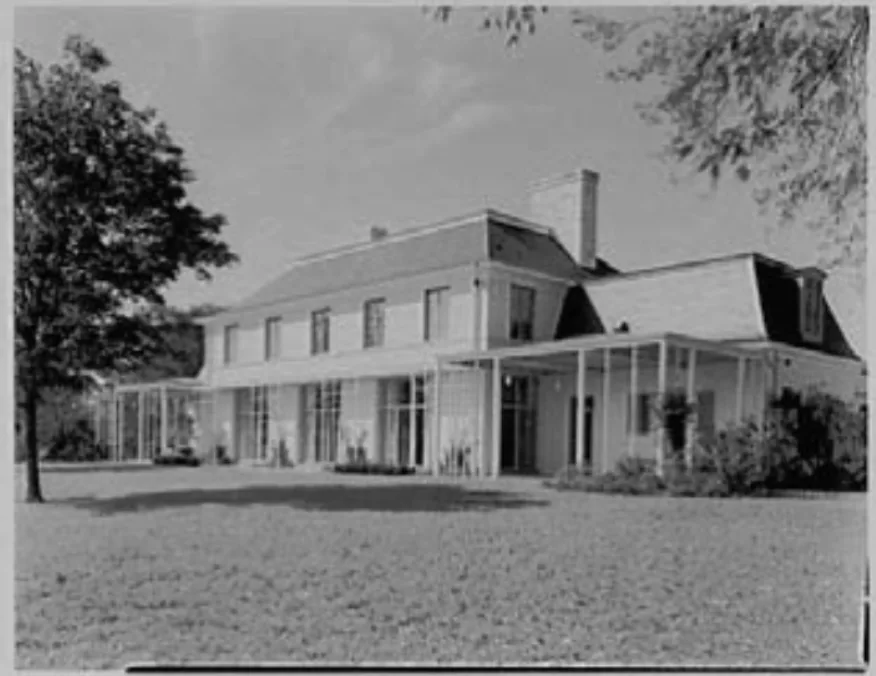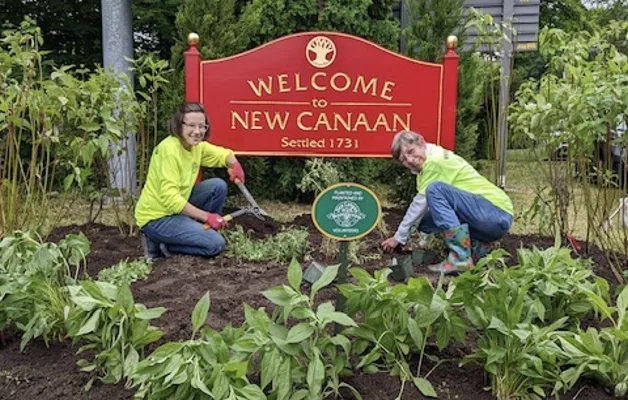I read with interest in Good Morning Wilton the story of an historical building owned by the town of Wilton which has fallen into disrepair and is now evacuated, requiring a multimillion-dollar renovation. This is not a problem unique to Wilton. New Canaan tasked Penny Young and Amy Murphy Carrol to study over 50 town-owned buildings back in 2017. They reported 20% were unused and another 25% needed major repairs. The range of responses in the last eight year runs the gamut from restoration (Waveny House, the Police Station and the Playhouse) to condemnation (The Bliss Laundry House and the Greenhouse) to potential sale (The Vine Cottage). Is there a better way to manage and maintain some of our municipal buildings? Of particular interest is the Vine Cottage and Irwin House in New Canaan, the aforementioned Gilbert & Bennet property in Wilton, and if anybody in Darien is paying attention I’ll add your $80 million purchase of Great Island which comes with many underused historic buildings. This column is about two opportunities to think differently about town-owned historically significant real estate.

Lease. With this option, the town leases the Property to a developer pursuant to a triple-net lease. The lessee is responsible for the lease payments, insurance, maintenance, property taxes, construction and renovation costs, and any financing related thereto. No town funds would be used for the Property’s renovation.
The lease payment would be below-market as an incentive for the lessee’s obligation to redevelop the Property. The lessee would redevelop the Property to code and current market standards and lease the building at market rents to commercial tenants while adjacent sports field are used by town or community organizations.
Rental income to the lessee would be sufficient to cover the lease payments and related obligations with an economic profit for the lessee. This option benefits the town by allowing the town to retain ownership of the property, generate (modest) incremental lease revenue it is not currently receiving, and restore the building at no cost to taxpayers.
Tavern on the Green in Central Park, New York City, is a great example of a 20-year lease in exchange for restoring a historic building. The Parks Department quietly agreed in 2013 to defer Taverns fees (based on a percentage of sales) based on the renovation coming in $15 million over budget. Closer to home, we have a great example of this type of arrangement in Ridgefield. In 2006, the Schlumberger Research Center vacated a building designed by Philip Johnson (architect of the Glass House). By 2016, the building was in severe disrepair. To save it, the town of Ridgefield offered Bassam Fellows, a furniture design and lifestyle company, a lifetime lease in return for full restoration of the building.
Here is a link to a great article about this restoration in 068 magazine. https://068magazine.com/back-in-style-bassam-fellows-restores-a-local-gem-for-their-headquarters/

Form a Community Development Authority To Acquire and Manage The Property
Under this option, the town would form a Community Development Authority (or district) (“CDA”) or use one already in existence. The CDA would acquire the Property from the town for a nominal $1.00 purchase price plus a potential future net profit share with the CDA. The CDA would have bonding authority to raise capital to fund the Property’s redevelopment costs. The source of repayment of this financing would be the lease revenue the CDA collects from its tenants after the Property is redeveloped to code and current market standards. An analysis must be completed to determine the potential market rents and the appropriate pay-back time.
Alternatively, the CDA could pass the renovation costs to the Property’s lessee pursuant to a triple-net lease (similar to #1 above) in consideration for a subsidized lease obligation. Similar to option #1, this transaction would be structured in a manner such that rental income and Property expense reimbursements to the CDA would be sufficient to cover any financing costs and operating costs with a net profit for the CDA. This net profit could be shared with the Town.
This option benefits the Town by requiring the Town to relinquish ownership of the Property and its related obligations to the CDA, restoring the building at no cost to taxpayers, and receiving a potential future net profit share.
In summary, we believe our Town (and surrounding towns) have viable options for the redevelopment and restoration of historical buildings at no cost to taxpayers. We urge the town leadership to take this opportunity to discuss these options and figure out a creative manner to address the current state of the Properties we own.

Notes from the Monday Meeting: We have more than one offer on a listing that has been on the market for a very long time, begging the question, “Why now?” Because there are two. There is no stronger proof than a bidding war to give confidence to both buyers and the seller that we have a market. Speaking of pricing confidence, we received several requests from residents this week to “Price my Home” after they received emails with some computer’s best guess. I say computer because Zillow, Corelogic, Quantarium, Collateral Analytics and Attom are just a few national computer services that think they know what every house is worth. Unfortunately, as Zillow readily admits, they are only 90% right about 50% of the time in this area. Best to ask for a second opinion.
John Engel, a Realtor on the Engel Team at Douglas Elliman, finally put it all together last night. The same developer who bought 2 islands and Pecks Ledge Lighthouse in Norwalk (Calf Pasture Island and Betts Island) is the same one proposing The Hamlet at Saugatuck, a major new 7-acre waterfront development (that includes a 55-room hotel, 35 condos, a marina and shopping) next to the Westport/Saugatuck train station.




